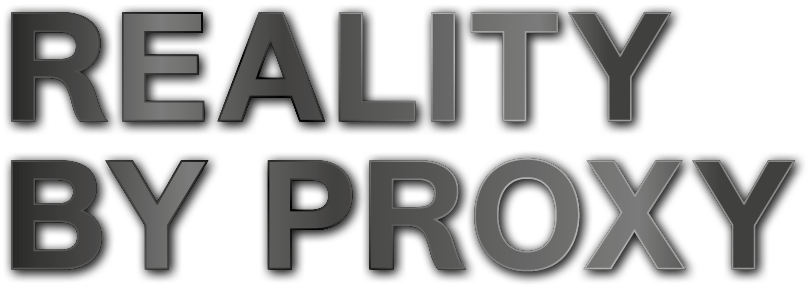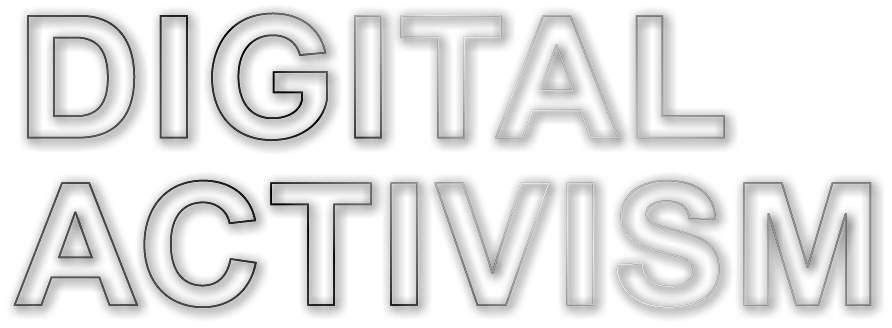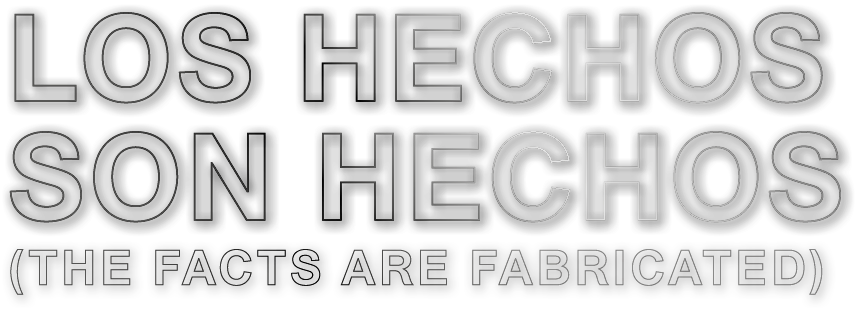Design Department
Graduates 2015
June 19–20 11:00 AM — 9:00 PM
June 21 11:00 AM — 6:00 PM
IJsbaanpad 1-5
1076 CV Amsterdam

In this field,
a series of soft objects traverse.
They move in odd ways, roaming
unfamiliar territories,
story lines and genres. Through tests,
trials and extrapolations, they probe
contemporary phenomena,
examining the familiar and the
uncanny of the here and now.
From cyber ethnographic inventories
and ambient intelligent mood profilers,
to Kafkaesque power relations
and poetic readings of the landscapes,
the graduates of Sandberg Instituut’s
Design Department of 2015
place the present at the center
of their practice.
Agata Jaworska, curator

Marte Prins

martheprins.nl
Welcome home!
Had a rough day? No worries, I ordered your favourite food and some tea you might also like. O and btw, you can host that dinner next week without decreasing your credit-worthiness!
Echo is a 9-inch talkative black cylinder tucked into the wall connecting your kitchen with your living room. Her gentle voice
softens hard realities and saves your hands from tireless screen fetichism. She is interfaceless, yet always available. Echo is the
proxy you need to function. To prioritize. To optimize. To reduce
risk in a world where offloading cognitive overhead of life management has become normalized. You feel comforted by the delegation of choice. You feel secure.
Reality by Proxy speculates on the ”smart-home” made omnipotent through the linguistic interface called Amazon Echo. As it feeds
its users with a simulated sense of self, it manufactures user conduct by optimizing attention power. Home is rendered a hyper-personalized, yet homogenous user-experience-platform, and
market logic infiltrates and even shapes our most intimate moments.
Sofija Stanković, Teodora Stojković
Postpone online 'obligations' such as replying to messages, writing e-mails, editing profiles, congratulating birthdays or promoting your work on social networks and similar. “Sorry for getting back to you so late, I was postponlining the last few days”
While communicating online people find themselves in entirely different situations and judge the behaviour of others by completely new parameters. The online condition asks for a new sign language and intuition we need to adopt in order to read and analyze internet-based communication. This project investigates and defines behaviors that are equivalent to body language in offline communication.
Building on by now popular terms such as “cyberbullying” and “selfie”, Dictionary of Online Behavior is an inventorization of social norms, habits and modes of expression that have emerged online. The dictionary offers essential tools to decode and to partake in the ongoing evolution of human behavior in the digital social sphere.
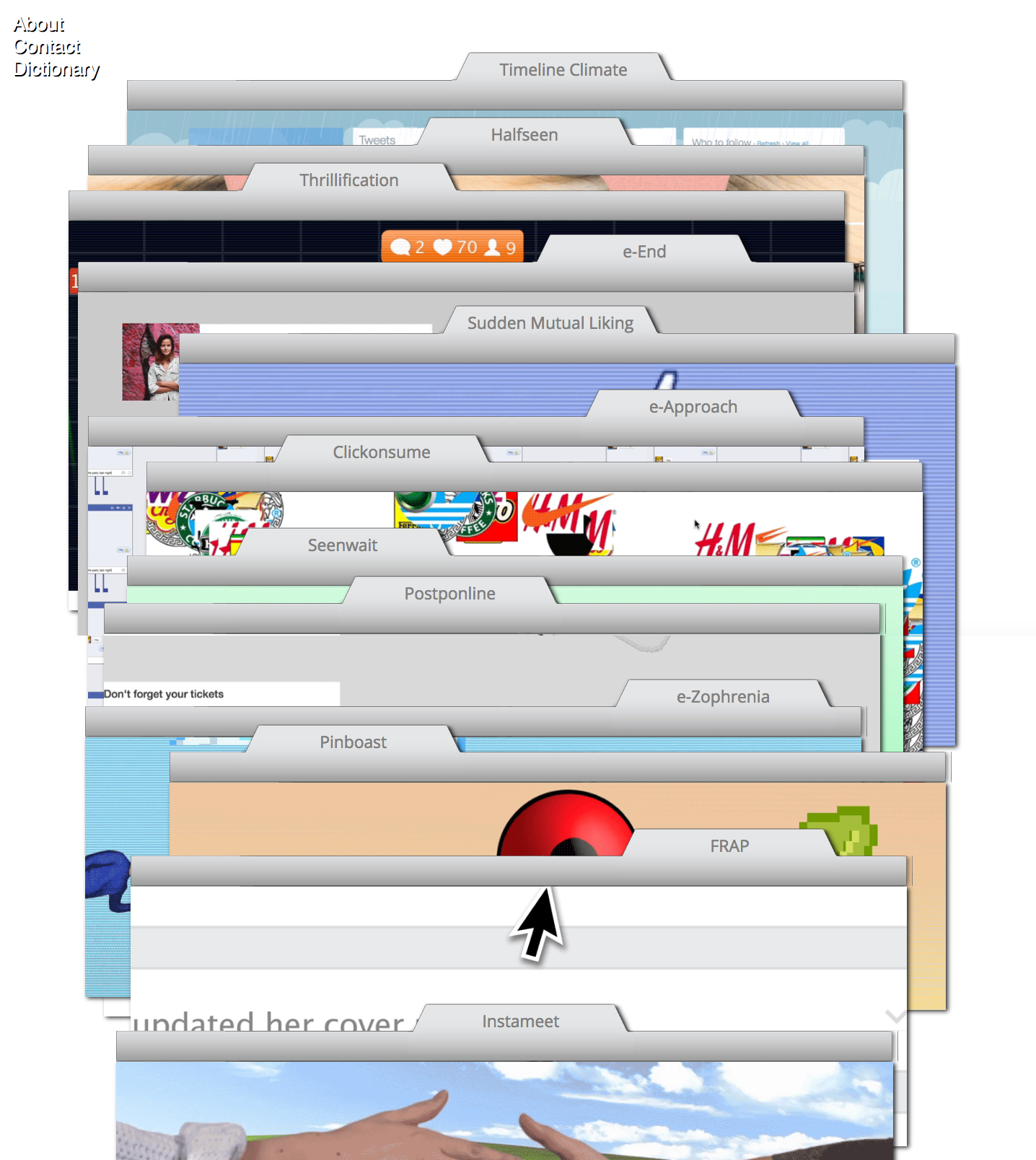
teyosh.com | dictionaryofonlinebehavior.com
Gilles de Brock, Benedikt Weishaupt
Bots. Created with a empty cache, no cookies and without history, are following each related post, user recommendation and five star rating. A machine built to investigate algorithms that put new books in our bookshelf, shop for our look and define our curiosities.
Push notifications, flash cards, data measures and recommendations turn culture into markets. New divinations are made by
unsupervised learning algorithms that connect interests of profit,
security and culture. The user as an observer in the shadowy presence of non-human readers and writers of data.
Item to Item is not just a medium that stores and displays. It is
a learning machine that is capable of reading and writing automatically. It displays the human state of mind, creativity and other relations between data and human experience.
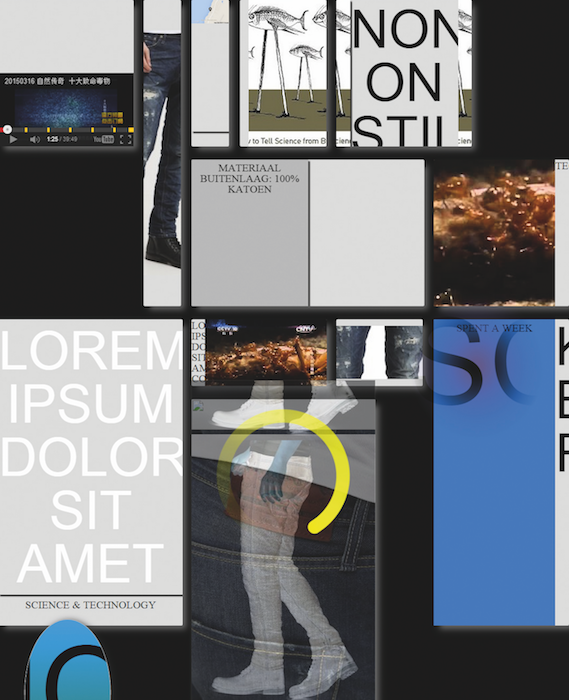
gillesdebrock.nl | benediktweishaupt.de
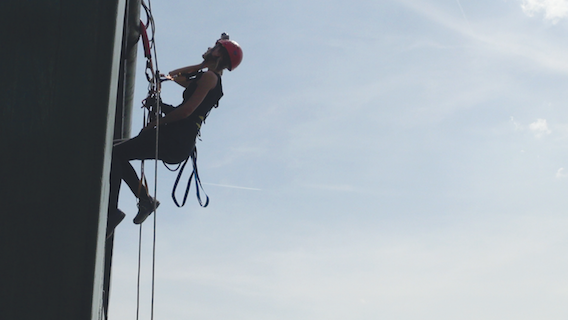
cargocollective.com/marleenvdzanden
Marleen van der Zanden
As a designer and activist I have probed institutions in order to develop methods for collaboration and new action tools between online and offline practices of dissent. Working with activists, hackers, data scientists, and institutions such as Greenpeace and Waag Society. Over the last year I have developed strategies for Digital Activism which have resulted in numerous Hackathons, meetups, collaborations and discussions.
Digital Activism is the latest action I initiated: climbing a ship that is a datapoints in the harbor. The harbor, a place where ships offload their cargo and where all these gigantic datapoints gather.
As large and visible these vessels are in the harbour, as small they
are on the ocean. The main challenge the past year was related to
this problem, How can you trace vessels on open seas and reveal their shady businesses? Using the data ships send and creating new tools we are collaborating to create new solutions in ship tracking
for a good cause.
Isaura Sanwirjatmo
Every year, thousands of Dutch students do an internship in the former Dutch colony of Surinam. Many of them, young females at the start of their adulthood, leave home for an adventure with the western ideal to go over “there” to improve things in a developing country in a comfortable tropical environment.
But soon after arrival, they inevitably lose themselves in a surreal “intern bubble”, a subculture within the Surinam society. They encounter the jungle, endless parties and, in many cases, tropical love - even though they have been warned of the Surinam boys, the “student hunters”. What seems like an innocent holiday love affair, turns complicated, as they unknowningly engage in the issues of a shared colonial history. Reality turns out not to be as expected.
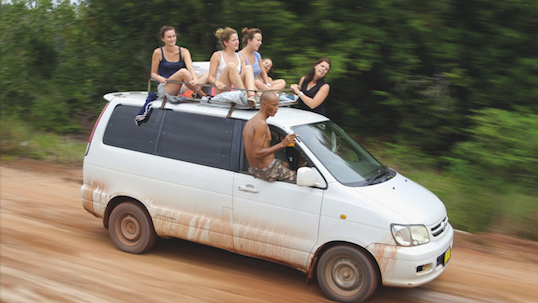
isaurasan.nl

benediktwoeppel.com
Benedikt Wöppel
From adorable cat videos to blurry smartphone videos of party nights, contemporary media culture is dominated by virtual junk food. A constant stream of sensations, inflated at each seductive moment, then deflated as soon as its sensational effect is exhausted. What remains is an endless accumulation of trivialities and excessive sensation-making unable to reflect on itself, due to its lack of intellectual depth.
I Found Pills And Ate Them, exaggerated myths and conspiracies, dubious products and specific written soundtracks, challenges to reflect on our media culture. The objects surrounding the media devices in the installation were used as props and represent the physical realization of the pointlessness we see in the media.
Asieh Dehghani
ZayandéRud “life giver river”, is the largest river in the central plateau of Iran, flowing from the mountains in the west to the desert in the east, where it dissolves. In the early 2010s, the river started to dry out gradually after several years of seasonal dryouts, worsened by modern dams which redirect the water upstream to the other cities. Once the river gave life to the ancient city of Isfahan, now it is dry during most of the year. Like a sharp line, the river divides the city into two separate parts, which are stitched back together again by the longest bridge over Zayandeh: Siosepol. The name means ‘Bridge of 33’ because of its two rows of 33 arches which span the width of the water.
Under its arches, the bridge invites people to spend time with each other, watching water pass beneath them. The bridge’s 33 arches have collected countless stories. The bridge dreams and remembers. Let us listen to his tales about water and people as they pass over him.
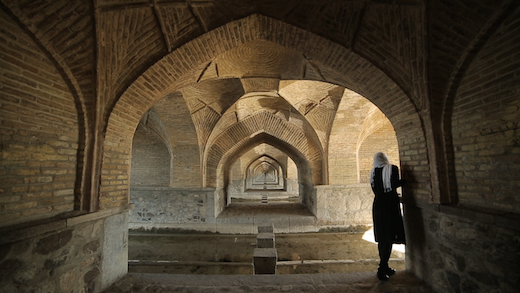
asiehdehghani.com
Mirte van Duppen
Imagine a mountain in the midst of a polder in the Netherlands. The horizontal interjected with the vertical. Flatness disrupted by height. It is an amalgam of landscapes, plants and animals. This fantasy is not as delirious as it may seem, given how the Dutch are preoccupied with designing and moulding their environment, working with and against the ever-present water. The Dutch Mountain pushes this belief in design and control into new territory. It plays with the fine line between fiction and reality and comments on the creation of adventurous yet riskless leisure scapes. The Dutch Mountain is a realistic science fiction, assembled out of fragments of inhabited landscapes and conversations with experts in the field.
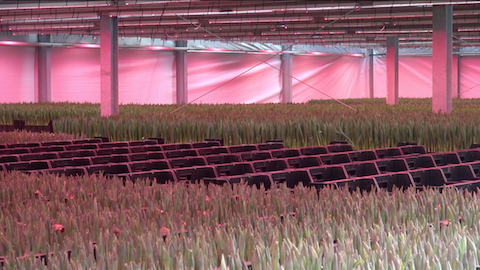
mirtevanduppen.nl
Janna Ullrich
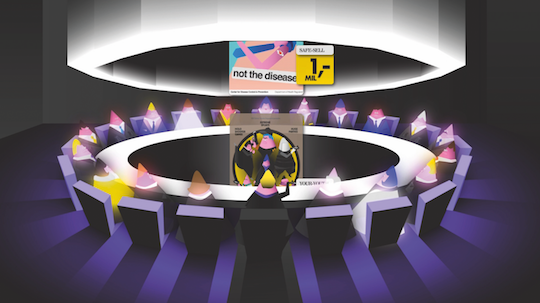
jannaullrich.de
‘No-man’s-land’ is a board game that aims to expose the absurd practices of today’s immigration industry. It embodies the bureaucratic prison in which refugees get stuck after they have fled their country but can’t enter another.
The board game is set in the fictional hyper-surveillance state of Reguland, which runs an automated bureaucratic machinery for refugees. In order to enter Reguland, the refugees have to master a long asylum procedure, trudging from counter to counter. Without any data at hand they have to prove that they are refugees, while fleeing the Security Service of Reguland, which classifies them on account of missing data as a danger and therefore constantly tries to deport them. Having no access to shelter, food, medical care, work, nor education makes survival in No-man’s-land almost impossible.
Scotty O’Brien, chief executive officer of Security Service Reguland keeps his machinery running by conducting an expensive propaganda program, financed through tax increases and subsidy cuts. But with the support of a few engaged citizens, the refugees begin to reveal and protest the inhumane practices of the SSR and work towards the down fall of the bureaucratic prison.

davidortizjuan.com
David Ortiz Juan
Los hechos son hechos (The facts are fabricated) explores the representation of oppressive powers in the landscape and the silenced histories of those disappeared by political repression during Franco’s dictatorship in Spain.
A traveller presents the landscape as an entity capable of revealing invisible systems of power in connection to the human body’s capacity to embody the memories of its ancestors. With this departure, the film reflects upon the relation between memory and memorials, their silences and inabilities to overcome trauma. It captures the embedded alienation of a unifying grand narrative and the overcoming of absurdity by its acceptance.
Questioning the mechanisms of the construction of history and its universal and uniformed vision as an objective product of truth —leaving behind other possible narratives— Los hechos son hechos investigates the use of these alternative narratives by the use of the poetical.
